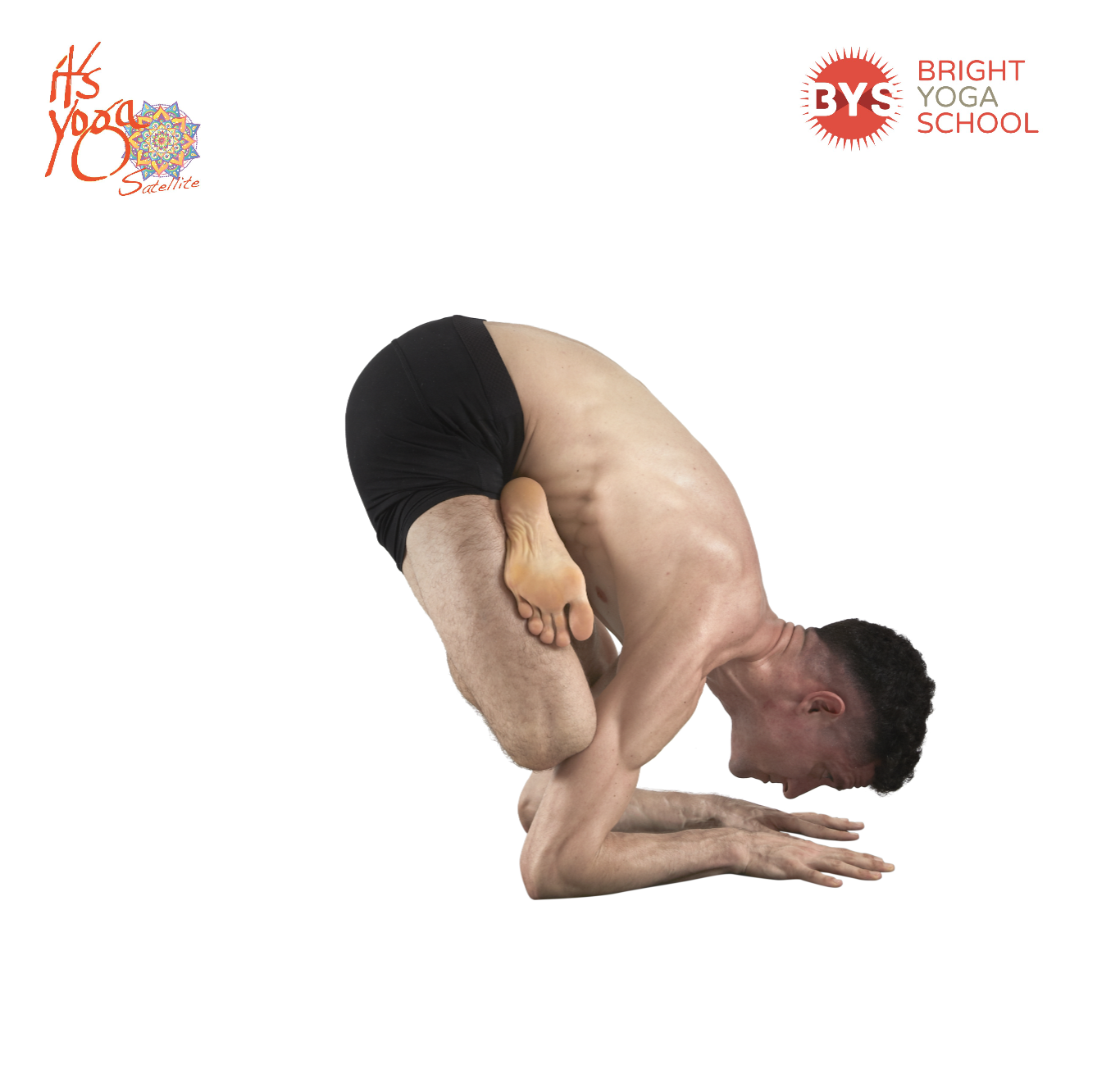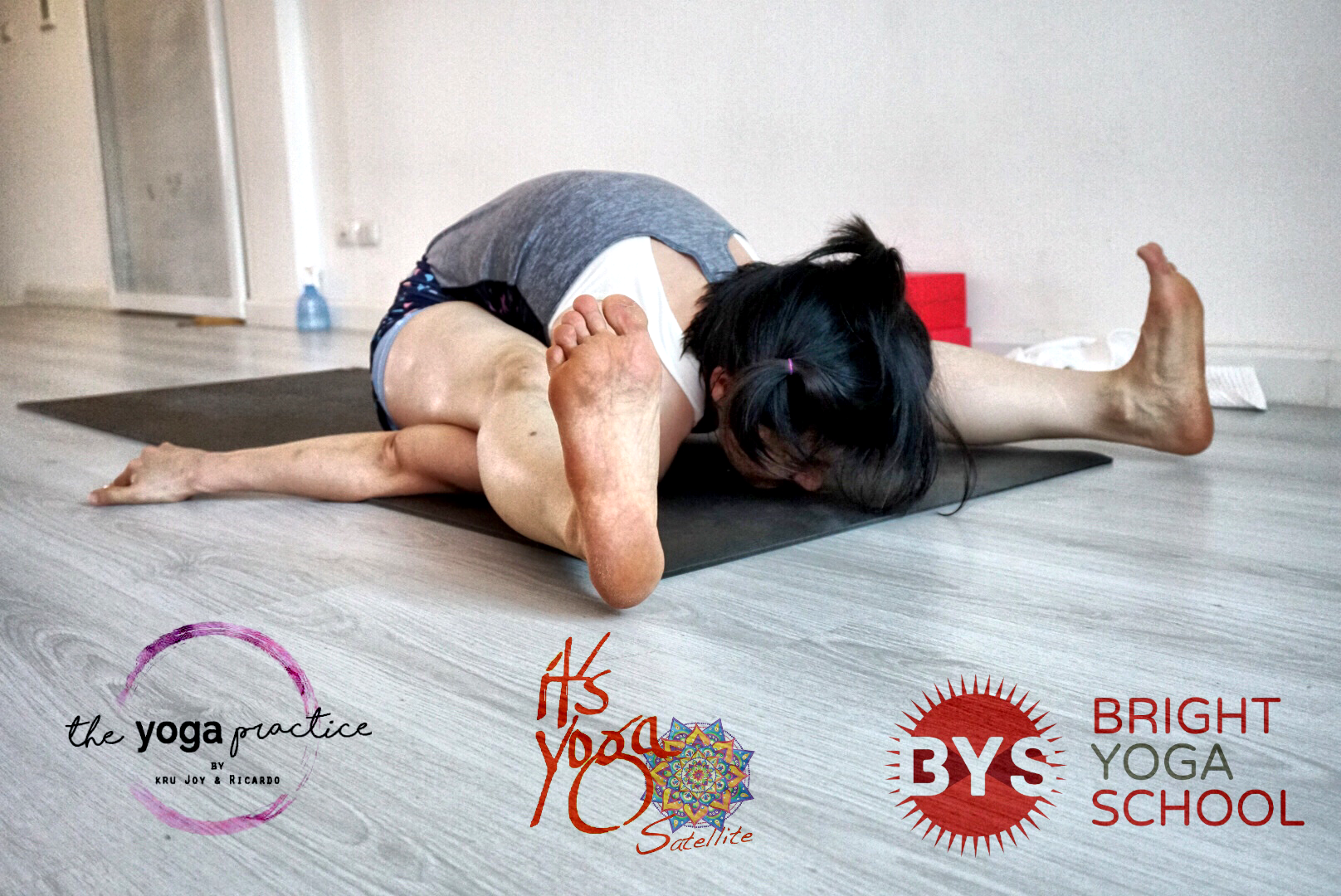Karandavasana is one of the core postures in the Second Series of the Ashtanga Vinyasa practice. This asana requires a lot of strength in the shoulders, hips, and core because to enter the pose, you have to jump into Pincha Mayurasana in one inhale, and then build lotus on the legs as you exhale, and use that same breath out to slowly lower the legs down and stay for 5 breaths. All throughout this fast transition to Pincha Mayurasana with lotus legs, the shoulders, core, and bandhas must remain engaged to avoid collapsing on the shoulders, or else going bak up to Pincha Mayurasana after 5 breaths will be almost impossible.
Some aspects of the Primary Series can help you build the foundation to work on Karandavasana in terms of core and bandha strength. In the Primary Series, all the jumping back in Vinyasas, when done properly, will help you build a solid connection with your bandhas, as well as good core and holder strength. If you have been stuck in Karandavasana for a while now, try to practice your jump backs without any sound as your feet touch the floor. This will teach you the following:
• How to use your breath more efficiently to control your movement
• Learn the biomechanics of the body. In this movement and in
Karandavasana, bringing the shoulders forward is key in order to control the action of going down, and slow down your jump back
• When jumping back, keep your spine as rounded as possible from the moment you move your hips up, back, and up — when you learn how to slightly bend at the elbows as you work on bringing the shoulders forward (as shown in the photo), it will help you build the foundation on how to get into Karanavasana
In addition to all this, Bhujapindasana (also from the Primary Series) is a great preparatory pose for Karanavasana. However, try to work on Bhujapindasana in a different way — after you cross your legs and use an exhale to move down, try not to let any part of your body (except for the hands, of course) to touch the floor. Lower the chin down, but work on keeping it hovering an inch above the floor and use the strength of the core, bandhas, and shoulders to hold the pose. At this point, it is very important not to collapse the body weight over your foundation. Instead, keep the back rounded, suck the belly in, and keep pushing down away from your foundation, creating a lifting feeling while you hold the pose. After 5 breaths inhale to come up and out of the asana, remind yourself to keep the toes off the floor at all time
Try and practice these techniques we discussed above to build up a strong connection with your bandhas, core, shoulders, and breath, all of which are necessary for Karandavasana.
Have a good and safe practice



